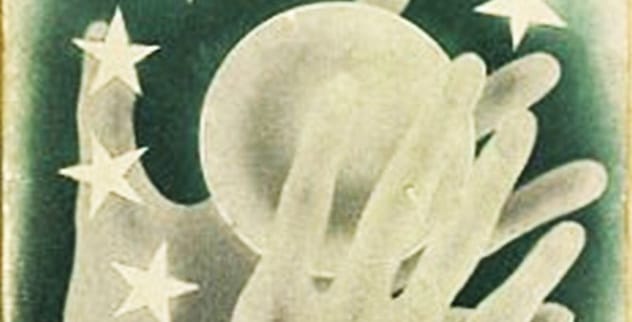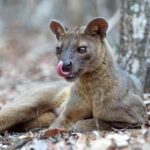Are we alone in the universe? That question has echoed through centuries and across cultures. Science fiction attempts to answer it, but often falls short by presenting aliens as slightly altered humans. However, the vastness of life, even on Earth, shows us that true alien forms could be unimaginably different. This list explores ten books that dare to imagine alien life beyond humanoid shapes, diving into the truly bizarre and wonderful possibilities. Prepare for spoilers!
Sphere by Michael Crichton
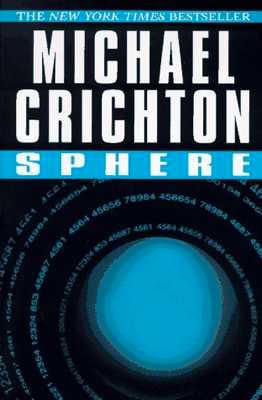
Sphere is a psychological thriller about a large alien sphere discovered in a sunken spaceship. The characters grapple with the sphere’s reality-altering psychic powers. While no aliens appear directly, Crichton prompts us to question our human-centric view of extraterrestrial life. He considers the possibility of gas-based aliens, those who communicate through odors, or even beings existing on entirely different planes. The book touches on the ‘apes or angels’ hypothesis, suggesting that any aliens we encounter might be either primitive or so advanced as to seem god-like. Just as an insect can’t comprehend a human machine, we might not grasp the nature of truly advanced alien life.
They’re Made Out of Meat by Terry Bisson
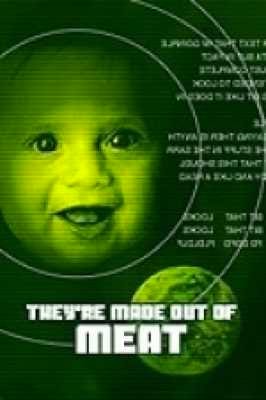
This comical short story presents galactic explorers, implied to be plasma-based life forms, utterly bewildered by the discovery of life on Earth being made of meat. The concept of thinking, talking meat is absurd to them. Ultimately, they decide to ignore Earth, dismissing the “meat creatures” as incapable of interstellar travel. Bisson flips the perspective, showing us how humans might appear disgusting and unusual to alien eyes, comically explaining why we haven’t been contacted.
The Hitchhiker’s Guide to the Galaxy by Douglas Adams
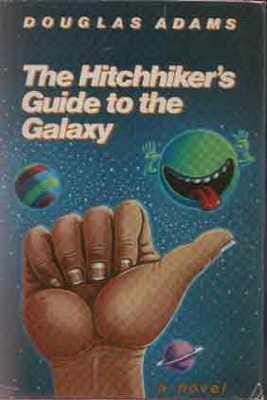
This humorous trilogy follows Arthur Dent’s absurd journey through the galaxy. Adams introduces a wide array of aliens, many with amusing quirks. While some are humanoid with slight modifications, others are truly bizarre. The Hooloovoo, for example, is a super-intelligent shade of blue. Then there are the fallen albino marsh worms, who consume hallucinogenic gases and whose bodies, when smoked, induce bliss and then mild hunger as your brain explodes. The Babel fish, a universal translator that feeds on brainwaves, is used to disprove God, who then ceases to exist.
The Shadow Out of Time by H.P. Lovecraft
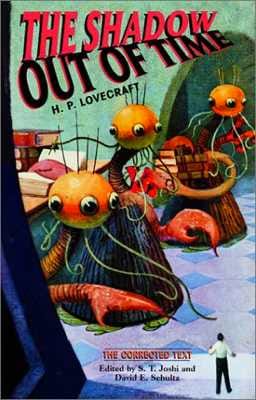
Lovecraft is renowned for his uniquely horrific depictions of non-human life. In The Shadow Out of Time, he describes the Yith, an alien race with the ability to swap minds across time and space. They use this power to amass knowledge and escape extinction by transferring their minds into the bodies of other beings. The Yith themselves have cone-shaped bodies with eyes encircling their heads and tentacles for manipulating objects. Their ultimate fate remains unknown, as they can always project themselves to safety whenever threatened.
Solaris by Stanislaw Lem
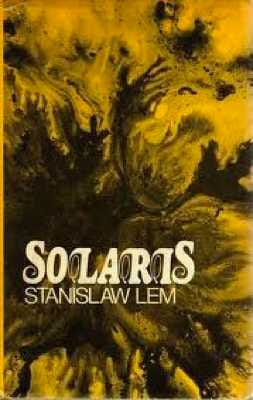
This philosophical novel explores the challenge of communication between humans and vastly different alien consciousnesses. Explorers on Solaris, a planet covered by a single, enormous ocean-like creature, struggle to understand it. The ocean probes the explorers’ minds, recreating repressed memories and troubled pasts in an attempt to understand human reactions. The main character, Kevin, is confronted with a recreation of his dead wife, highlighting the flaws and limits of human understanding when faced with the truly alien.
The First Men in the Moon by H.G. Wells
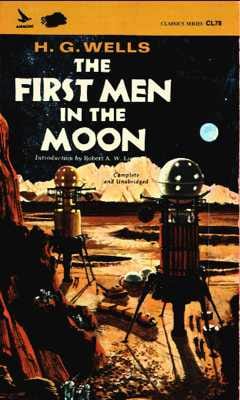
Wells tells the story of an eccentric scientist and his companion traveling to the moon in a gravity-repelling bathysphere. They discover a landscape of rapidly growing plants and frozen oxygen that becomes breathable air under sunlight. The moon is riddled with tunnels inhabited by the Selenites, strange arthropods in a hive-like society. Selenites have specialized functions, resulting in vastly different body shapes. Some serve as information repositories, others as farmers or even musical instruments. The Grand Lunar, a vast and ancient being, is the central intelligence of the hive.
A Meeting with Medusa by Arthur C. Clarke
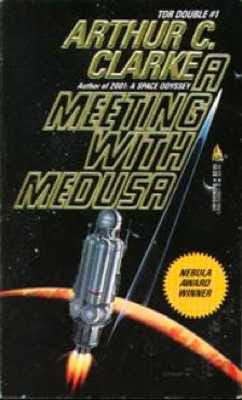
Clarke’s story introduces aliens living in the clouds of Jupiter. A spaceship reveals a complete ecosystem, including tiny, buoyant plankton and the titanic Medusa, mile-long whale-blimps drifting through the atmosphere. Aerial sharks, much smaller at 100 meters long, hunt the Medusa. This was an early attempt to describe a complex alien bionetwork in an environment entirely different from Earth’s.
The Gods Themselves by Isaac Asimov
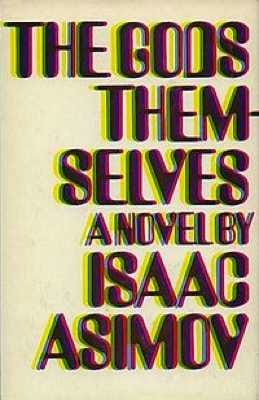
In a parallel universe with different physical laws, Asimov presents a species composed of three genders, each so distinct they could be considered separate species. Described as gelatinous beings, with one able to move through solid rock, they are vastly different from humans. Their thought processes blend logic and intuition, and they are nurtured by larger beings who create machines for unknown purposes. These larger beings are later revealed to be the final, adult form of the three genders after they merge.
Dragon’s Egg by Robert L. Forward
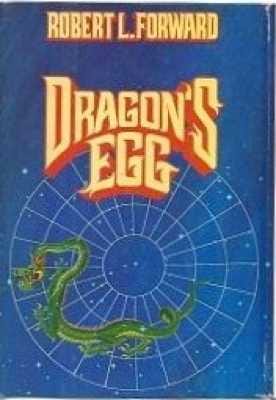
The Cheela are as intelligent as humans but much smaller and denser due to the intense gravity of their home, a neutron star. Each Cheela is a flattened disk only 5mm across and 0.5mm high. Their atoms form a sea of electrons, and neutrons are exchanged freely, allowing them to live a million times faster than humans. Humans observe the Cheela developing agriculture and space travel in just a few days. The Cheela quickly surpass humanity, uninterested in interfering with a technologically inferior species.
Star Maker by Olaf Stapledon
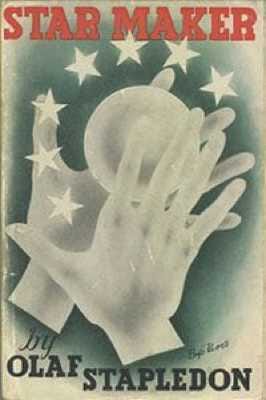
Stapledon’s work presents a grand vision of the galaxy’s history, future, and even the creator itself. He describes birds with a group mind formed by organic radio signals, immortal and wise. He also imagines plants evolving to move and think to prevent their planet’s atmospheric loss. Vast, ship-like creatures develop bizarre cultures, and arachnoids and fish form a symbiosis to colonize the galaxy. Even nebulae and stars are portrayed as slow-living creatures joining a cosmic consciousness. Star Maker is filled with beautifully explained, truly alien beings.
These books offer a glimpse into the vast possibilities of alien life, far beyond simple humanoid variations. They challenge our assumptions about intelligence, communication, and the very nature of existence. From plasma-based explorers to cone-shaped time travelers, these stories remind us that the universe is likely filled with wonders beyond our wildest imaginations.
What are your favorite books featuring unique alien life forms? Leave your comment below and let’s discuss!


